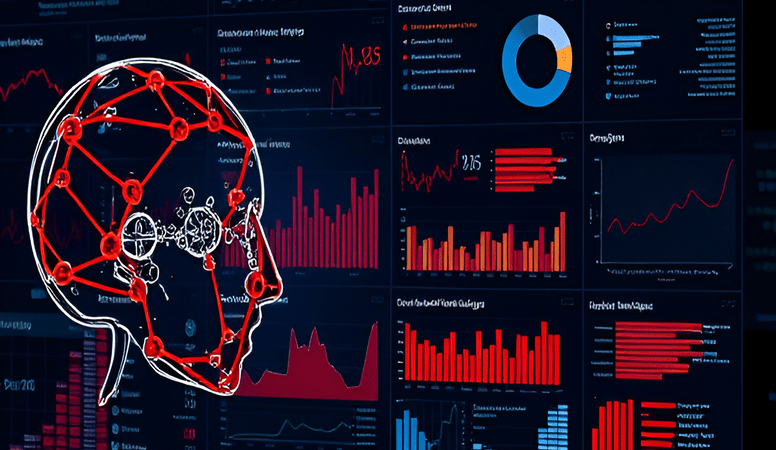Artificial Intelligence (AI) is revolutionizing news and journalism by streamlining processes, enhancing content creation, and improving audience engagement. AI-powered tools are being increasingly used to enhance the efficiency and accuracy of reporting, from automated fact-checking and content generation to personalized news recommendations and data analysis. This shift is not only revolutionizing the way journalists work but also changing the way audiences engage with news and information.
In today’s world, where information flows faster than ever, journalism is playing a vital role in shaping our understanding of current events around the world.
Automated reporting: Faster news delivery
Automated reporting involves using AI algorithms to generate news articles and stories based on structured data such as statistical information or financial reports. AI streamlines reporting processes by quickly and efficiently transforming data into coherent statements.
How AI powers automated reporting
AI powers automated reporting by analyzing structured data, identifying key insights and trends, and generating written narratives. Here’s how AI enhances automated reporting:
Data analysis: AI algorithms analyze large datasets such as financial reports or sports statistics to identify trends, patterns and anomalies.
Natural Language Generation (NLG): AI uses NLG techniques to transform structured data into readable, human-like narratives with context, analysis, and insights.
Template-based writing: AI-powered systems use pre-defined templates and guidelines to structure and format news articles, ensuring consistency in reporting and maintaining integrity.
Fact-checking: verification of accuracy
Fact-checking is verifying the accuracy and reliability of news and claims to ensure that they are true and credible. AI enhances fact-checking efforts by analyzing information and identifying inconsistencies or false claims.
How AI enhances fact-checking
AI enhances fact-checking by analyzing text and multimedia content, comparing information against reliable sources, and identifying discrepancies or misinformation. Here’s how AI supports fact-checking:
Natural language processing (NLP): AI algorithms analyze textual content, such as news articles or social media posts, to identify claims and assertions that require fact-checking.
Data verification: AI cross-references information against reliable sources, databases, and fact-checking organizations to verify the accuracy of claims and statements.
Misinformation detection: AI-powered systems use machine learning techniques to identify patterns of misinformation or disinformation, such as fake news or propaganda, and flag suspicious content for further investigation.
Automatic Writing
Writing routine news articles, such as sports summaries or financial reports, can be time-consuming for journalists. AI-powered natural language generation (NLG) tools can automate this process by transforming raw data into readable narratives. Take, for example, WordSmith by Automated Insights, which generates personalized content at scale. Journalists can input data, and AI does the heavy lifting, analyzing and writing articles in minutes.
Content Personalization
Readers have different interests, and AI helps news organizations deliver personalized content tailored to each individual. Platforms like Netflix or Spotify use AI algorithms to recommend movies or music based on the user’s preferences. Similarly, news apps like Flipboard leverage AI to curate articles according to readers’ interests, ensuring they get content that matters to them.
Visual Storytelling
Compelling visuals enhance storytelling, and AI can help create them. Tools like Canva or Adobe Sensei use AI algorithms to suggest design elements and layouts, making it easier for journalists to create engaging infographics or visual presentations to illustrate their stories.
Predictive Analytics
Predicting future events or trends is challenging, but necessary for journalists. AI algorithms can analyze historical data to predict possible outcomes. For example, The Washington Post uses a tool called Heliograph to analyze data from past elections and predict future outcomes, helping journalists prepare insightful analysis and predictions for upcoming elections.
Language Translation
In this globalized world, language barriers can hinder the spread of important stories. AI-powered translation tools like Google Translate or DeepL enable journalists to overcome these barriers by quickly translating articles or interviews into multiple languages, reaching a wider audience.
Conclusion!
AI is transforming journalism by streamlining reporting processes through automated reporting and enhancing fact-checking efforts to ensure accuracy and credibility in news coverage. With “AI wala Dost” as your guide, you are equipped to navigate the evolving landscape of journalism and stay informed about the latest news and developments. Let’s together embrace the potential of AI and maintain journalistic integrity in this digital age!








